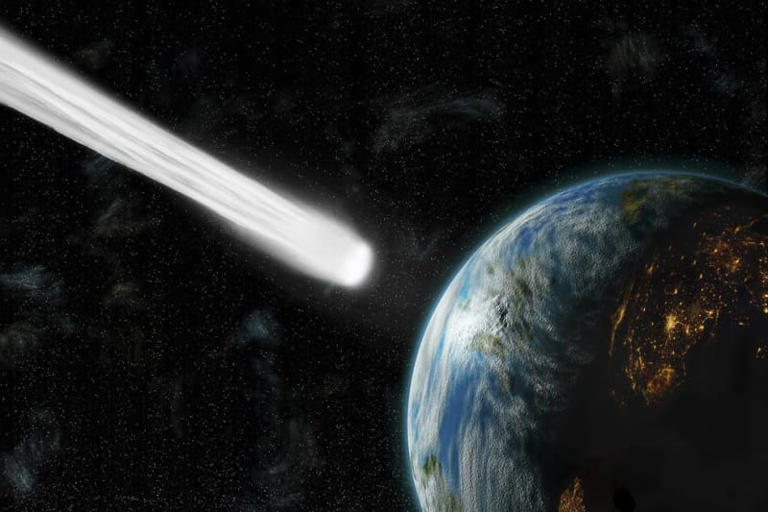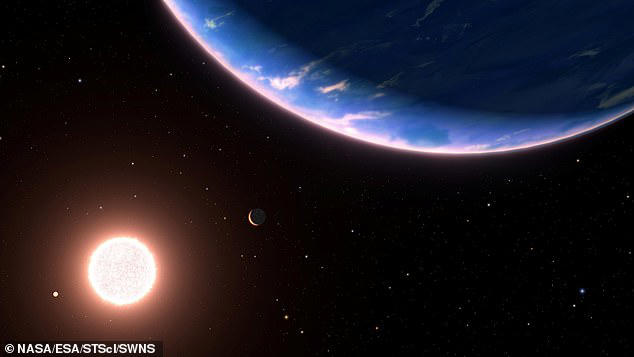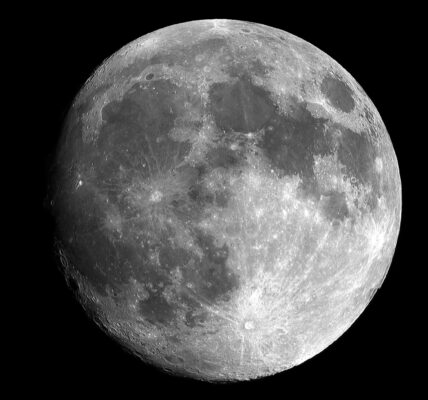Exoplanet Life Origins: 5 Astonishing Ways Comets Spark Life!
Table of Contents
ToggleExoplanet Life Origins
Dive into the fascinating world of exoplanet life origins as scientists explore how comets might deliver the building blocks of life to distant planets.

© Provided by Live Science
Exoplanet Life Origins
Have you ever wondered how life might have originated on distant planets beyond our solar system? Scientists have been delving into this captivating mystery, and their latest research suggests that comets could hold the key to delivering the ingredients for life to these distant worlds. Join us as we explore the exciting possibilities of exoplanet life origins.
Unlocking the Mysteries of Exoplanet Life
The quest to uncover the origins of life on exoplanets is one of the most intriguing pursuits in the realm of science. While we have long pondered the origins of life on Earth, the potential for life to exist elsewhere in the universe opens up a whole new frontier of exploration. Scientists are continuously striving to understand how life might have emerged on distant planets and what mechanisms could have facilitated its development.
The Role of Comets in Seeding Life
One fascinating theory proposed by scientists is that comets could have played a crucial role in seeding life on exoplanets. These icy bodies, often dubbed as “dirty snowballs,” contain a wealth of organic molecules that are essential for the formation of life. A recent study published in the Proceedings of the Royal Society A sheds light on how comets might have delivered these vital ingredients to planets beyond our solar system.
Understanding Prebiotic Molecules
Before life as we know it can emerge, certain precursor molecules, known as prebiotic molecules, must be present. These molecules serve as the building blocks from which more complex biological structures can arise. Among these prebiotic molecules are amino acids, hydrogen cyanide, and essential vitamins such as vitamin B3. While these molecules are not life forms themselves, they are the essential components necessary for life to take root.
The Journey of Bouncing Comets
Imagine a scenario where comets act as cosmic couriers, ferrying prebiotic molecules across vast interstellar distances. In this model proposed by researchers, comets travel at relatively slow speeds, ensuring that the delicate organic molecules they carry remain intact. These “bouncing” comets navigate their way through star systems, gradually decelerating as they encounter planets in close proximity.
Optimal Conditions for Delivery
For successful delivery of prebiotic molecules, certain conditions must be met. The study suggests that “peas in a pod” systems, where planets orbit closely together, offer the best chance for comets to slow down and deposit their cargo onto a planet’s surface. In these systems, comets can bounce between planet orbits, gradually losing speed until they reach a safe velocity for atmospheric entry.
Challenges and Considerations
While the concept of comet delivery presents an intriguing possibility for the origins of life on exoplanets, there are challenges and considerations to be addressed. Planets orbiting smaller stars or in less densely packed systems may be less likely to receive successful comet deliveries. Additionally, the delicate balance of factors required for life to emerge highlights the complexity of the process.
Implications for the Search for Extraterrestrial Life
The exploration of exoplanet life origins has profound implications for the search for extraterrestrial life. By understanding the mechanisms by which life could arise on distant planets, scientists can refine their search strategies and target promising candidate systems. With over 5,000 exoplanets discovered to date, narrowing down the search becomes increasingly crucial.
Looking to the Future
As our understanding of exoplanet life origins continues to evolve, so too does our ability to explore the vast expanse of the cosmos. Advances in astronomy and chemistry enable scientists to probe the fundamental questions of life’s origins with unprecedented precision. By combining interdisciplinary approaches, researchers are poised to unravel the mysteries of life beyond Earth.
Conclusion
Exoplanet life origins represent a captivating field of scientific inquiry, offering insights into the potential for life to exist beyond our solar system. The role of comets in delivering prebiotic molecules to distant planets opens up new avenues for exploration and discovery. As scientists continue to unravel the mysteries of the cosmos, the search for extraterrestrial life remains an exciting journey into the unknown.



